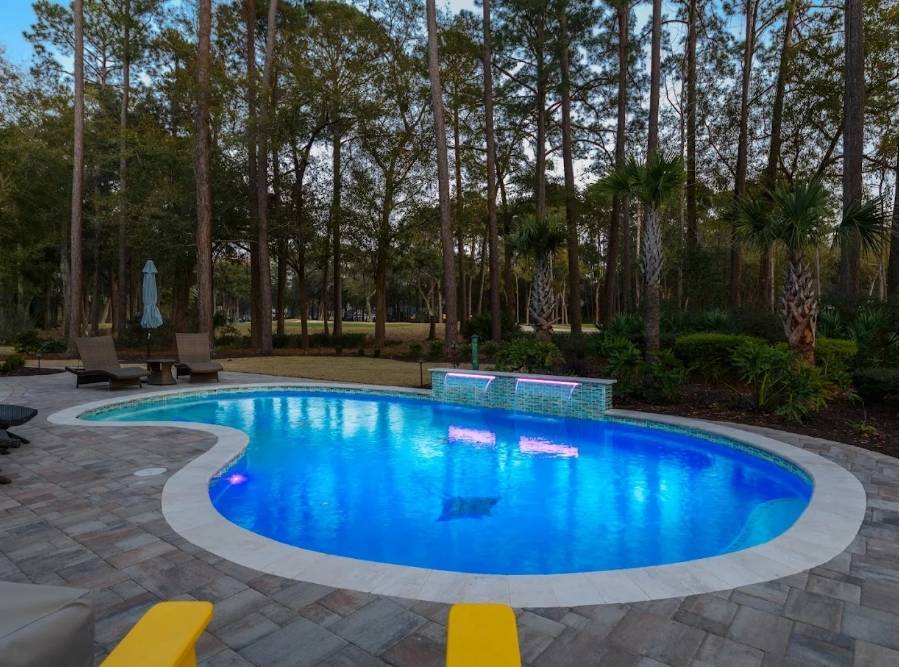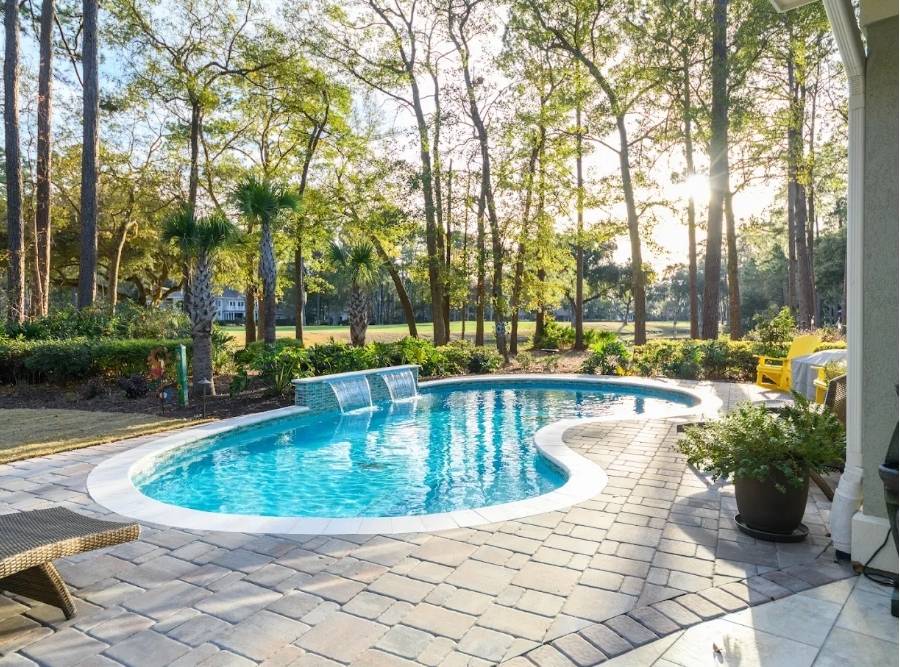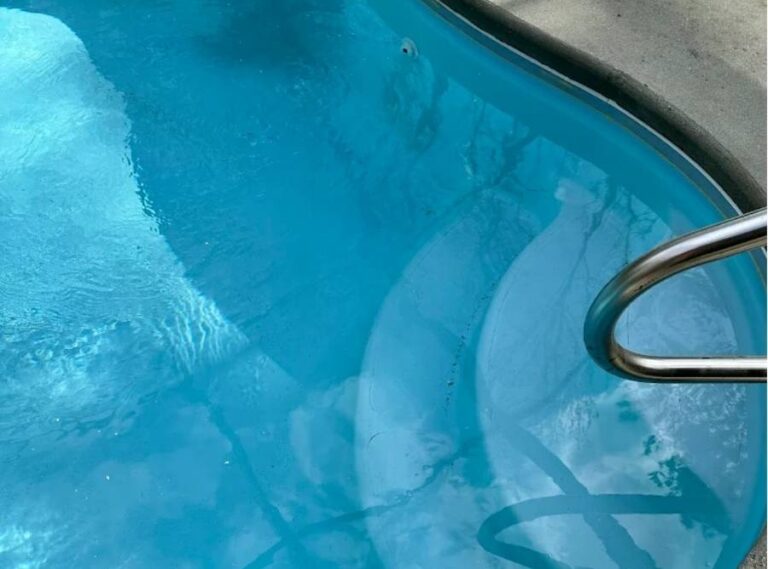How Coastal Weather Affects Your Pool Year-Round (and What to Do About It)
A Hilton Head afternoon can fool you. One minute, the marsh hums with still heat, the next a storm lunges inland, tossing salt spray like confetti. Then comes the calm again — sun breaking through, steam rising from the deck, and your pool chemistry quietly unraveling. This is the Lowcountry’s rhythm: beautiful, unpredictable, and a constant sparring partner for pool owners.
The truth is simple — coastal weather doesn’t just visit your pool; it lives there. The salt air, humidity, and rain conspire in small ways, shaping everything from your pH to your pump motor. But if you understand how the elements work, you can keep your water as calm as a southern morning.
Salt Air: The Slow Burn
Salt is the coast’s invisible graffiti. Even when you can’t taste it, it’s there — sneaking into metal fixtures, corroding screws, eating away at heater coils and light rings. It’s not sabotage, exactly — more like the sea reminding you it’s still nearby.
That’s why coastal pools need routine respect, not rescue. Rinse exposed metal after storms. Inspect railings and anchors once a month. Use marine-grade fittings where you can, and don’t let your salt level drift beyond manufacturer ranges. Salt should sanitize, not corrode.
A few ounces of prevention here are worth hundreds in replacement later.
Humidity & Algae: Partners in Crime
Lowcountry nights are velvet and thick. The humidity clings to everything, including your pool’s interior. That moisture, coupled with lingering heat, creates a paradise for algae spores. They don’t need an invitation — only a still surface and neglected corners.
When the air gets heavy, remember these truths:
- Circulation beats stagnation. Run your pump longer during humid weeks.
- Brushing isn’t optional. Even a clean pool benefits from a weekly scrub.
- Chlorine needs backup. Keep stabilizer (CYA) levels tuned so the sun doesn’t devour your sanitizer.
Humidity is a constant here — so make movement your counterattack.
The Sun: Relentless and Unapologetic
In the Lowcountry, the sun doesn’t just warm water — it taxes it. By midday, ultraviolet light is chewing through free chlorine faster than you can say “shock treatment.” Most owners overcompensate, dumping chemicals and hoping for the best.
Smarter pool care takes rhythm, not brute force. Keep stabilizer levels in the 30–50 ppm range. Let your salt system work hardest in daylight hours. And when possible, introduce a little shade — an umbrella, a trellis, even a palm. The goal isn’t darkness; it’s moderation.
Rain: Dilution, Not Relief
When a tropical downpour hits, it’s tempting to see it as a free refill. But rain is chemistry’s great disruptor. It lowers chlorine, nudges pH downward, and stirs up organic matter from every nearby surface. The real danger comes later — when the sun returns and the water looks fine but balance has shifted.
The solution?
After any major rainfall:
- Test first, adjust later.
- Restore chlorine promptly.
- Brush and filter to capture fine debris.
And whatever you do, don’t drain your pool completely — not here. The Lowcountry’s high water table can literally lift a pool shell from the ground. Draining in small increments is the only safe play.
Heat, Evaporation & Mineral Creep
Summer in coastal South Carolina is an exercise in slow concentration. As water evaporates, minerals remain — calcium, metals, and salts accumulating quietly. Over months, hardness rises, leaving scale on tiles and inside heaters. Pumps strain harder; salt cells lose efficiency.
Keep a testing rhythm: every few weeks in summer, monthly in winter. If hardness climbs too high, partial water exchanges can save thousands in future repair costs. It’s maintenance disguised as foresight.
Storm Season: Respect the Cycle
By late summer, every local keeps one eye on the tropics. When a named storm forms, pool prep should be as natural as boarding a window. Lower water a few inches — never all the way. Secure furniture and loose gear. Shut off power if flooding is expected.
Once the storm passes, approach carefully. Check electricity first. Skim debris gently; don’t gouge plaster with fallen branches. Then test, shock, and filter. The process takes patience, but so does living by the sea. Both reward the deliberate.
Mild Winters Still Matter
A South Carolina winter is hardly fierce, but complacency is the quiet enemy. Cold water holds chlorine longer, yes — but pumps and filters still need motion. Run them briefly each day to keep seals wet and water fresh. Watch for rare freeze warnings, and let your system’s freeze-protection mode run overnight when the mercury dips.
A bit of off-season care prevents the spring scramble. As any seasoned local will tell you, it’s easier to maintain than to recover.
Living With the Elements

The coast doesn’t forgive neglect, but it rewards understanding. Salt, sun, and humidity will always have their say; the trick is to let them talk without taking over. A coastal pool isn’t a battle to win — it’s a relationship to manage.
Treat it with the same respect you give the tides: test often, clean with care, and plan around nature’s moods. Do that, and your pool won’t just survive the weather — it will become part of it.







